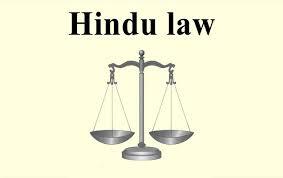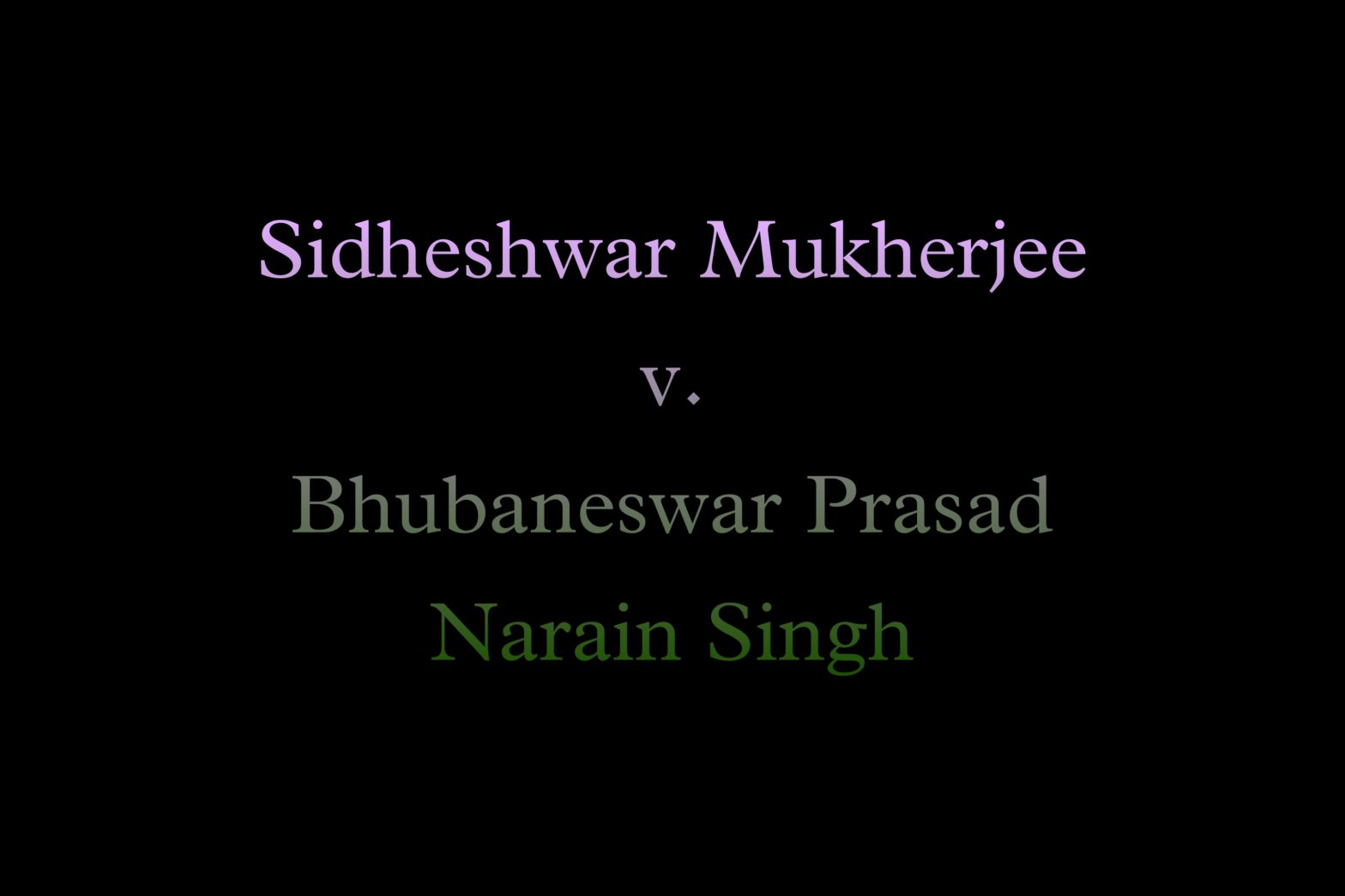Case Name: Sidheshwar Mukherjee vs Bhubneshwar Prasad Narain Singh
Citation: AIR 487, 1954 SCR 177
Date of Judgement: 05-10-1953
Parties Involved: Sidheshwar Mukherjee and Bhubneshwar Prasad Narain Singh
Facts
The properties in the suit, which are comprised in Tauzi No. 703 of the Champaran Collectorate, belonged admittedly to the defendants’ first party and their ancestors. Defendant No. 1 Bhubneshwar Prasad, who is the main defendant in the present litigation, borrowed a sum of money from one Panchanan Banerjee based on a promissory note sometime before 1932. Panchanan instituted a suit in the court of the Subordinate Judge at Motihari against Bhubneshwar for recovery of this loan and having obtained a decree, put the decree in execution in Execution Case No. 16 of 1932 of the court of the Subordinate Judge at Motihari.
In course of these proceedings, the right, title and interest of the judgment-debtor in the properties in the suit which was described as amounting to 4 annas share in the same, was put up to the sale and purchased by the decree-holder himself on 7-9-1932. The purchaser got delivery of possession on 25-1-1935.” It is admitted that at the time of the sale, Bhubneshwar along with his grand-father Bishun Prakash, his father Lachmi Prasad and his two sons who are defendants 2 and 3 in the suit, constituted an undivided Hindu family, of which his grandfather was the Karta; and it is not disputed that if a partition had taken place at that time, Bhubneshwar Prasad along with his sons would have got 4 annas to share in the joint ancestral property.
Panchanan sold the interest purchased by him at the execution sale to the plaintiff by a conveyance dated 1-2-1935 and it is on the strength of this conveyance that the plaintiff instituted the present suit claiming specific allotment of a 4 annas share in the suit properties. Bhubneshwar and his three sons, with defendants 2, 3, and 4, are the main defendants in the suit and it is not disputed that at the present moment they own the remaining 12 annas’ share in the suit properties. The defendants 5, 6, and 7 were impleaded as parties’ defendants on the allegation that they held different portions of the joint properties as ‘zarpeshgidars’ under the 12 annas’ proprietors.
Issues

In this case, two main issues were discussed:
- Whether the sons of defendant No. 1 were legally liable to pay the decretal debt due by their father and could this liability be enforced by attachment and sale of their undivided coparcenary interest in the joint family property along with that of their father?
- Whether the sons’ interest in the coparcenary could be attached and sold without making the sons parties to the suit and the execution proceedings?
Holding
The court concluded that a purchaser of a coparcener’s undivided interest in the joint family property is not entitled to possession of what he had purchased. He has a right only to sue for partition of the property and ask for allotment of his share in the suit property.
Rationale
The doctrine finds its origin in historical smritis. It was held that non-payment of debts was a positive sin and thus to save the father from the consequences of such a sin in the afterlife, it was a son’s duty to pay off the debts. However, under law, the position has been modified to an extent where a son is liable to pay off the debts only confining to the interest in the coparcenary property he holds. He cannot be otherwise made personally liable.
